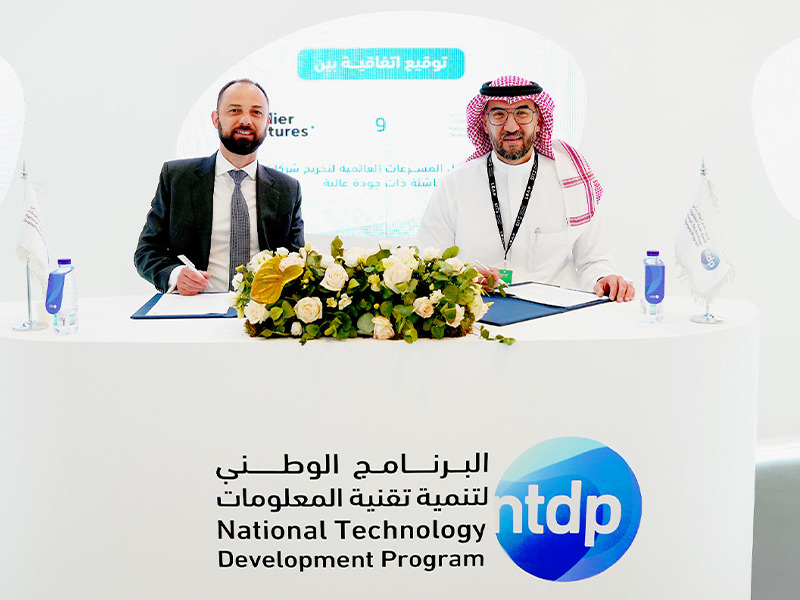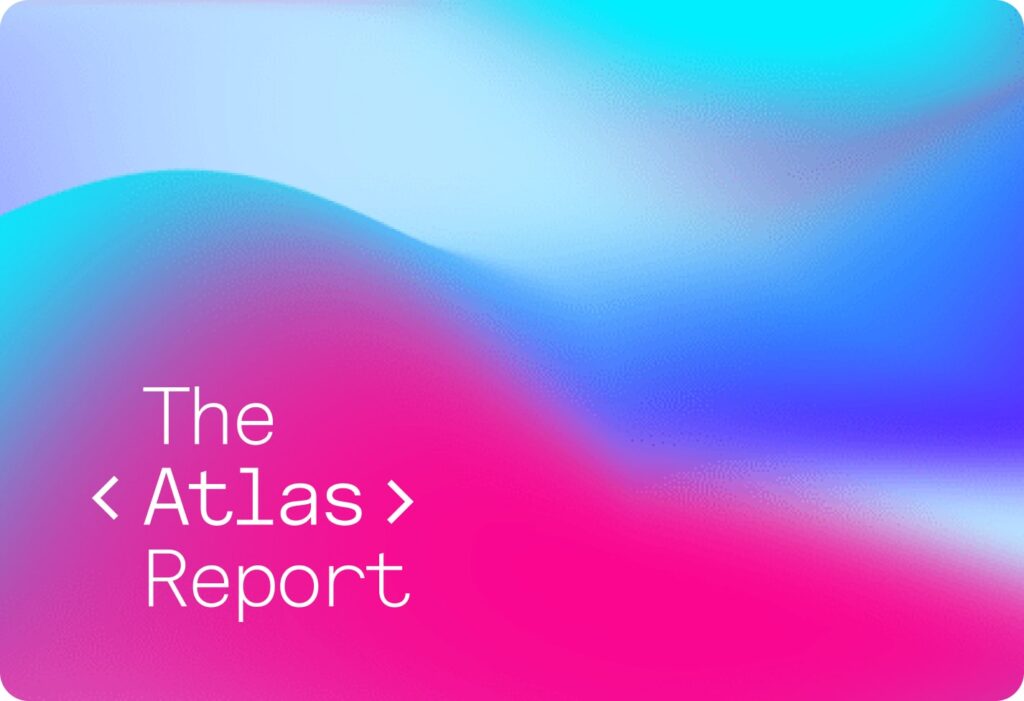Mining in the Early Days
Ryan Condron, an early blockchain adopter, began mining on the Bitcoin network in his garage in 2012. Though this started as something he did for fun, he always deeply believed in the technology’s future. Sure enough, in the decade since, mining has become a thriving industry. Currently, “we are slowly moving from mining as an industry now to mining as core infrastructure,” as he aptly describes.
However, this expansion has come with some drawbacks to the ethos of decentralization that Bitcoin was founded upon. As leading miners invest large sums into advanced equipment, smaller miners are priced out. This centralizes the network’s mining into the hands of a few industry leaders. Currently, the top three pools control over 50% of the hash rate on BTC.
Hash Power as a Commodity
Ryan first proved his aptitude for creating blockchain solutions as the Co-Founder and CEO of Titan, a mining pool technology company which helps miners maximize efficiency and revenue. Now, he is tackling the problem of increasingly centralized blocks with Lumerin, a separate, open-source protocol.
Since the most dedicated miners will naturally flock to locations with cheap electricity and lax regulations, it is virtually impossible to fully decentralize a network’s mining–groups of people with the resources to chase ideal conditions will naturally centralize some of the network’s power. However, the hash power produced by that mining is a different story.
As Bitcoin miners made a total of $15.3 billion in 2021, it is clear that hash power is a valuable commodity with considerable market value. Lumerin gives miners the power to tokenize their hash power and sell it in a decentralized way. Miners store the value of their hash power in smart contracts and offer it up on Lumerin’s P2P marketplace. Buyers can, in turn, point their purchased hash power to the network pools that they prefer. This gives hash power control to anyone willing to pay for it, promoting decentralization of the network.
By treating hash power as the asset it has become, Lumerin essentially creates a commodity market for hash rate that decouples it from the action of mining. This provides benefits for both buyers and sellers. For example, a miner can gain liquidity by offering up the future value of their hash rate. In turn, a buyer can mine their own transactions without having to set up a costly mining facility.
Lumerin’s History and Current Progress
After three years of development, Lumerin officially began operations in 2021, and was able to raise $30M raised throughout seed, private, and public sales. They sold 43M tokens for a total of $15.7M, and successfully proved their concept by routing hashpower through the Lumerin Node via the Marketplace. Their wallet, smart contracts, and front-end web apps are all ready for use. Now in 2022, Lumerin is set to launch as the first decentralized hashrate marketplace.
Future Applications of the Lumerin Protocol
As large interests move into the blockchain space, Lumerin provides a much-needed solution that allows non-miners to produce a block or mine their own transactions within one. Financial institutions, for example, are unlikely to set up mining facilities. With Lumerin, however, they have the ability to fully control hash power in a manner that fits their objectives. In this way, Lumerin democratizes the network, even returning it to its initial decentralized intention.
Additionally, Lumerin opens up a world of possible DeFi applications. Commodifying hash rate creates a tokenized product with real-world application–a rare entrant into the space. As a crypto-native asset that holds tangible value, it is a natural fit for use as collateral in DeFi protocols. Over time, Lumerin’s open-source network will allow creative developers to find endless ways to utilize this new form of tokenized asset.
Commodifying hash power, though, is only the start for Lumerin. Through their platform, they are effectively brokering the opening and closing of TCP/IP sockets through smart contract engagements. This means that Lumerin has the potential to act as “decentralized routing for decentralized networks…providing the rails for delivery of any type of digital commodity,” as Ryan outlines. With the continued integration that we are seeing between physical and digital assets, Lumerin has positioned itself as an important and profitable bridge connecting the two worlds.
Learn More about Lumerin
The Project ▶ https://Lumerin.io
The Community ▶ https://t.me/LumerinOfficial
Listen to the Podcast with Lumerin
About Outlier Ventures
Outlier Ventures has been backing Web 3 founders since 2014 and is the world’s leading Open Metaverse accelerator program, and was one of the first VC firms dedicated to investing in the emerging crypto ecosystem. Their portfolio includes notable projects across DeFi, NFTs and blockchain infrastructure with a focus on emergent Open Metaverse use cases such as NFT-based play-to-earn games, augmented reality and more. Outlier Ventures portfolio can be found here.
Both Base Camp and Ascent are constantly looking for founders accelerating the open Metaverse thesis by launching token networks. We provide a proven framework for growth while weaving together a global network of over 1,000 of the world’s leading Web 3 founders, protocols, and VCs to form an ecosystem of mentorship and investment.
DISCLAIMER:
This Blog post (the “Post”) has been prepared, published and distributed by Outlier Ventures Operations Ltd (“Outlier Ventures”). Outlier Ventures Operations Ltd is registered in England and Wales, company registration number 10722638. No undertaking, warranty or other assurance is given, and none should be implied, as to, and no reliance should be placed on the accuracy, completeness or fairness of the information or opinions contained in this Post. The information contained in the Post is not subject to completion, alteration and verification nor should it be assumed that the information in the Post will be updated. The information contained in the Post has not been verified by Outlier Ventures or any of its associates or affiliates. The Post should not be considered a recommendation by Outlier Ventures or any of its directors, officers, employees, agents or advisers in connection with any purchase of or subscription for securities or otherwise. Recipients should not construe the contents of this Post as legal, tax, regulatory, financial, investment, trading or accounting advice or services and are urged to consult with their own advisers in relation to such matters. The information contained in the Post has been prepared purely for informational purposes. Any person requesting to contact a company through Outlier Ventures does so at their own risk and is solely responsible for conducting any legal, accounting or due diligence review. The information contained in the Post has not been approved by the Financial Conduct Authority. Any forecasts, opinions, estimates and projections contained in the Post constitute the judgement of Outlier Ventures and are provided for illustrative purposes only. No warranty (express or implied) is or will be made or given in relation to, and (except in the case of willful fraud) no responsibility or liability is or will be accepted by Outlier Ventures or any of its directors, officers, employees, agents or advisers in respect of, such forecasts, opinions, estimates and projections or their achievement or reasonableness. In all cases, persons should conduct their own investigation and analysis of the information in the Post.



